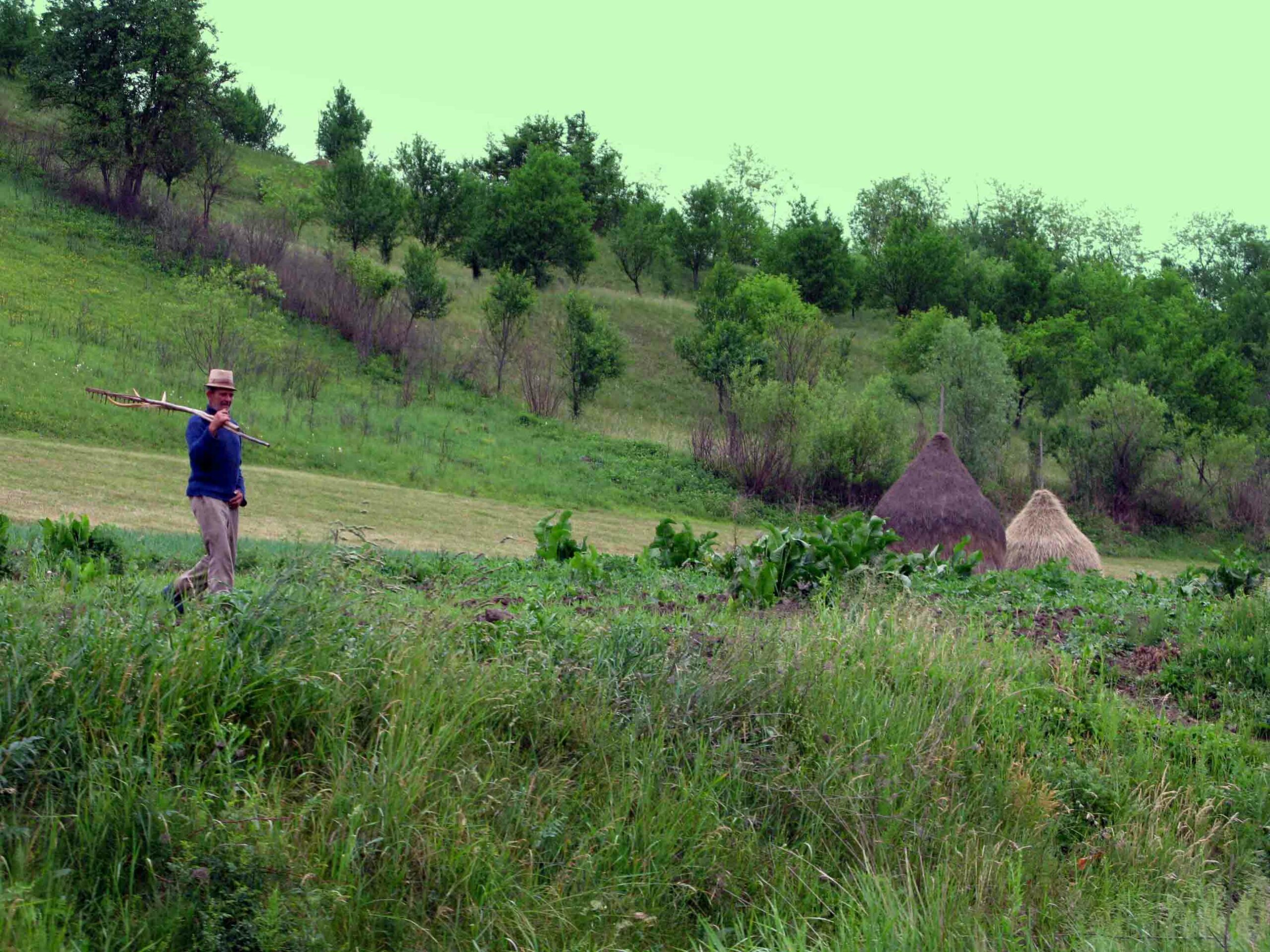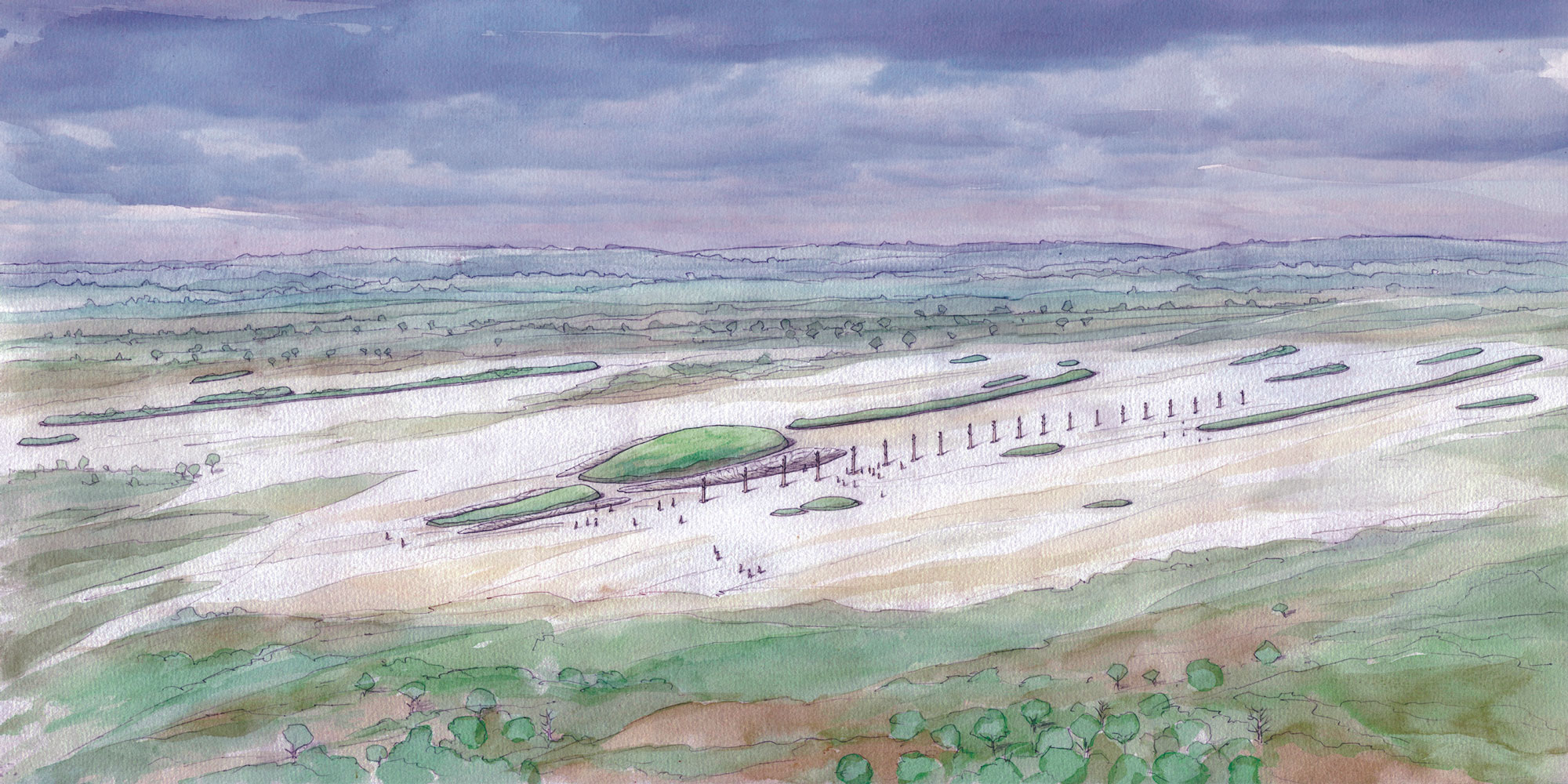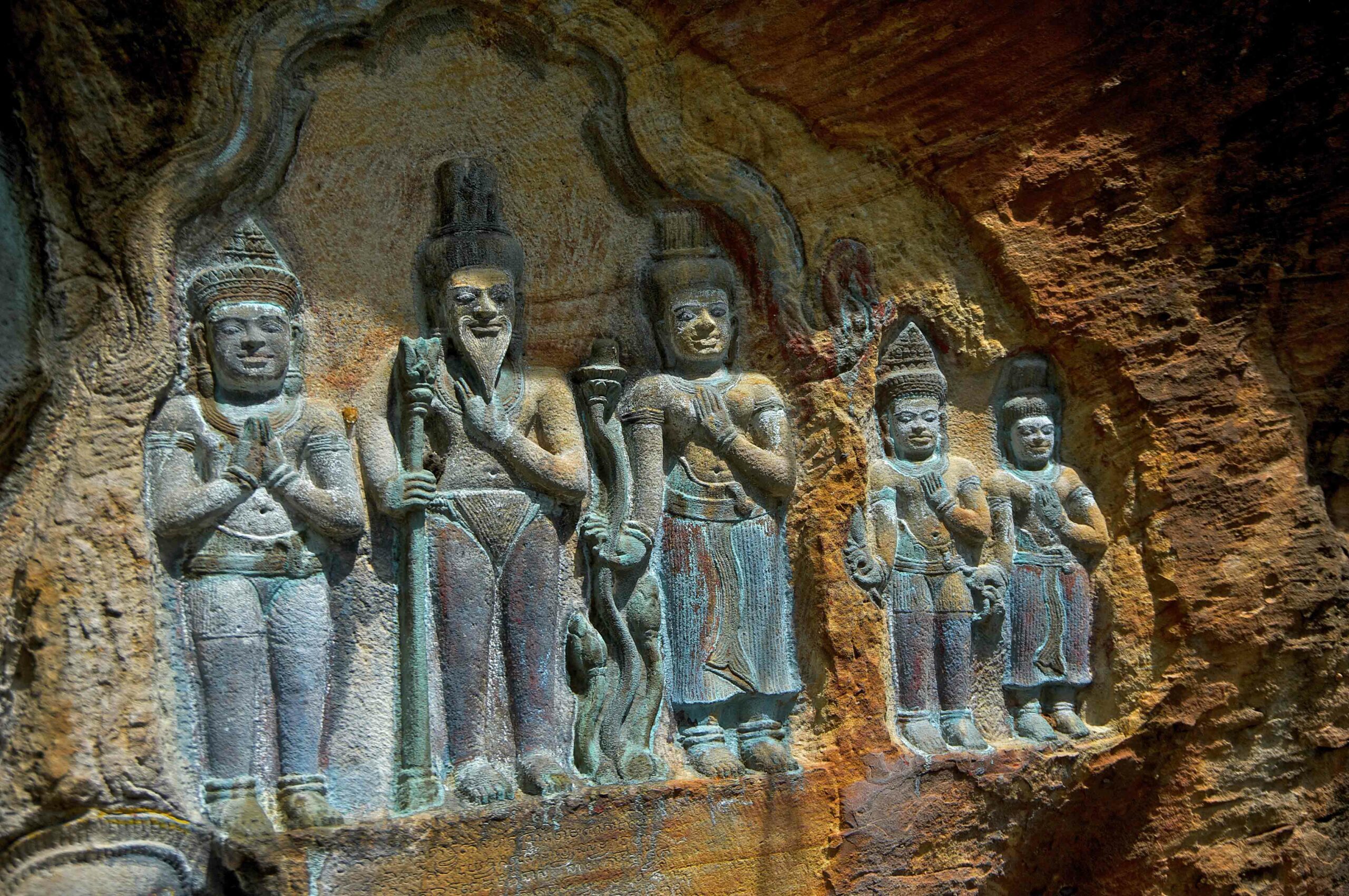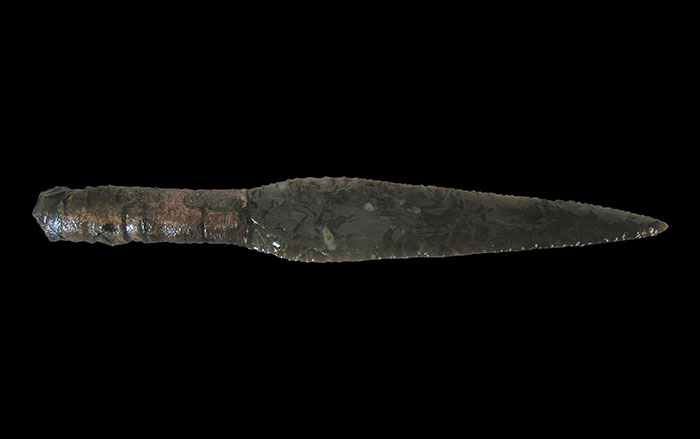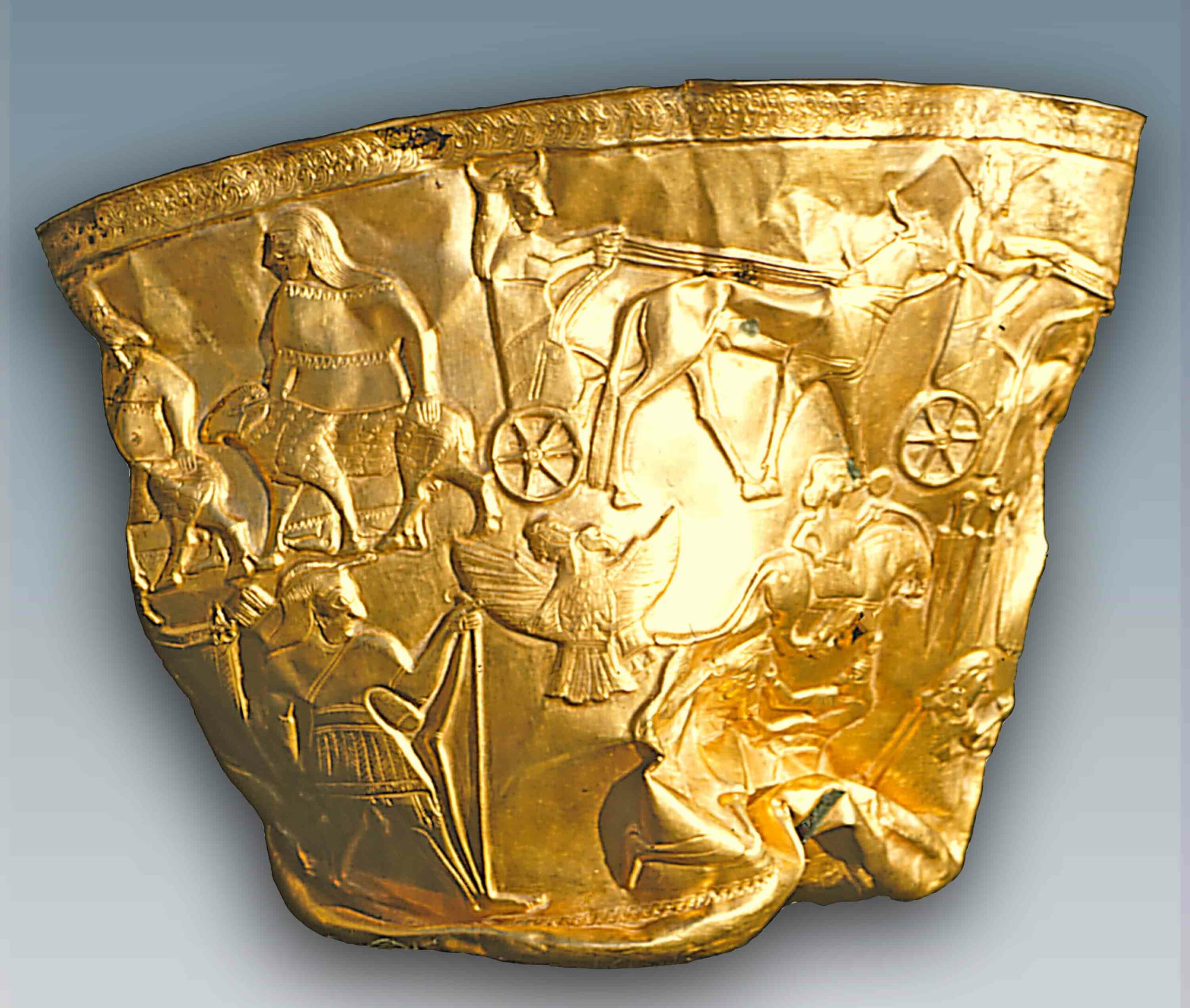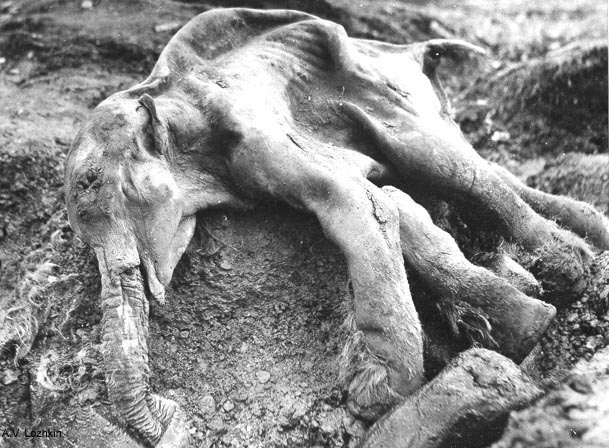
CAMBRIDGE, MASSACHUSETTS—Genes from frozen woolly mammoth remains have been copied and pasted into the genome of an Asian elephant by researchers led by George Church at Harvard University. They spliced the genes for the mammoths’ small ears, subcutaneous fat, and hair length and color into the DNA of elephant skin cells in tissue cultures. Popular Science reports that this is the first time that mammoth genes have been functional since the animals went extinct some 4,000 years ago. “Just making a DNA change isn’t that meaningful. We want to read out the phenotypes,” Church said. So will the team be able to get the mammoth genes to become specialized tissues that behave properly? Artificial wombs could eventually be developed to nurture an elephant/mammoth hybrid embryo, and then an elephant that could survive in colder climates. Perhaps one day the team could try to revive the mammoths by integrating larger amounts of mammoth DNA into the hybrids. To read in-depth about another project being conducted by George Church, see "Should We Clone Neanderthals?"


